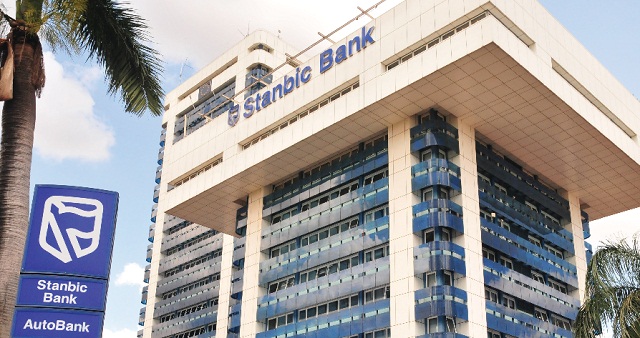Uganda’s biggest commercial bank by assets, Stanbic Bank has downed its prime lending rate to 17.5 percent from 18.0 percent per annum, setting the pace for all other commercial banks in the country. But the new rate comes into effective on January 1, 2020.
Stanbic Bank says the new rate will apply to both existing and new borrowers.
Stanbic Bank’s rate is slightly below the national average lending rate which has come down from 20.3 percent in August to 19.2 in September 2019.
Stanbic Bank is mildly following the Central Bank Rate (CBR) which slipped to 9 percent in October from 10 percent in August 2019.
The Bank of Uganda (BoU) initiated easing of the monetary policy in a bid to boost economic activity through private sector driven credit after interest rates peaked at a four year high of 28 percent in first quarter of 2016 reducing the appetite for risk and borrowing.
In an effort to understand the direction of interest rates from the lenders point of view, BoU recently asked banks to indicate the direction and magnitude of the change in their lending rates in the coming three months. The survey results indicate 80.4 percent of the banks expect their lending rates to remain broadly unchanged, while 19.6 percent expect the rates to decrease over the next quarter to December 2019.
Banks that anticipated their lending rates to remain constant attributed it to the stability of the CBR, which is expected to further bring down the cost of funds for the banks and the same could be passed on by the banks to borrowers.
The lending rate is anticipated to decrease on average by 0.20 percent, over the quarter to December 2019. Those that anticipated a decrease in lending rates mainly attributed it to the expected decline in CBR and the stiff competition in the market.
The bank lending survey results indicate that banks tightened their credit standards to enterprises, but eased for households in first quarter of financial year 2019/2020. On the other hand, they expect to tighten credit standards for enterprises and further easing for households in the quarter to December 2019.
The major reason cited for the easing of loans to SMEs and short term loans was the deliberate strategy by banks to grow new lending across SME’s and short term facilities while maintaining good portfolio quality.
On the other hand, the approval of loans to large enterprises has tightened as the banks seek to reduce on the large risk exposures and slowdown in economic activities.
The demand for loans by enterprises and households is expected to increase in the quarter to December 2019, at a higher pace than was anticipated in the previous survey results.
In the three months to December 2019, the default rate on loans to both enterprises and households is expected to increase on a net basis, respectively. Within the household sector, The expected increase in default rate on loans to enterprises is mainly attributed to the; unfavourable economic conditions experienced during the last couple of months, the conditions were partly manifested through high borrowing costs(interest rates), which reduced disposable incomes of households and individual borrowers.
The survey results indicate that majority of the banks expect their lending rates to remain broadly unchanged, with only a few anticipating a decrease over the next quarter.








